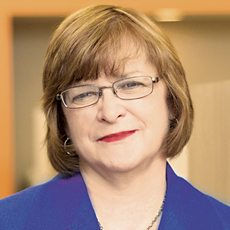
What is the new PDPM payment system all about?
It was released as a proposed rule on April 27 and is anticipated to go into effect Oct. 1, 2019. This is a revision to what we previously discussed as RCS-1, which was floated as a possibility to replace RUGS IV.
The Patient Driven Payment Model (PDPM) would break down payment based on case mix scores in five different areas: physical therapy, occupational therapy, speech language pathology, nursing, and non-therapy ancillary services. Each component of reimbursement will be calculated based on diagnoses, clinical factors and other criteria.
This shifts the focus from therapy minutes to making nursing payment dependent on a wide range of clinical characteristics. Non-therapy ancillary services would reflect high-cost services such as HIV/AIDS, parenteral/IV feedings, infections and other high-cost comorbidities.
CMS’s goal of a more simplified payment system will not be achieved with the PDPM. It will be important for each facility to understand the impact on its reimbursement. CMS expects this new system to improve payment accuracy as each component is based on a predicted resource utilization and introduces a variable per diem rate for PT, OT and non-therapy ancillaries.
Important items to consider are that ICD-10 coding will be critical to accurately reflect the resident’s condition and points will be dependent on diagnosis and therapies. Variable per diem means reduced payment as your resident’s length of stay increases.
Also, the number of required assessments will significantly decrease from the current PPS schedule to only a five-day PPS assessment, significant change in status and discharge assessment.
Please send your payment-related questions to Patricia Boyer at [email protected].
From the July 01, 2018 Issue of McKnight's Long-Term Care News




